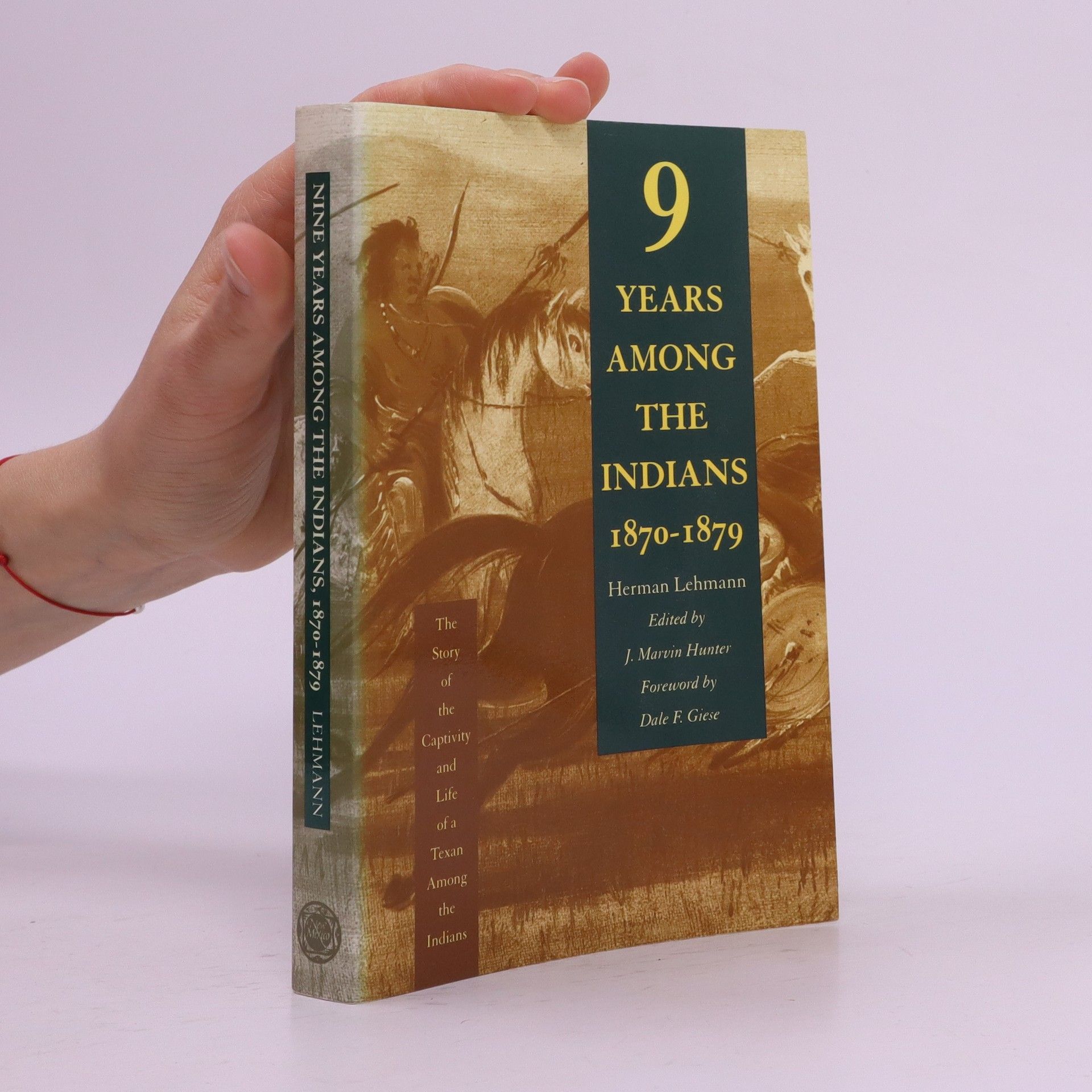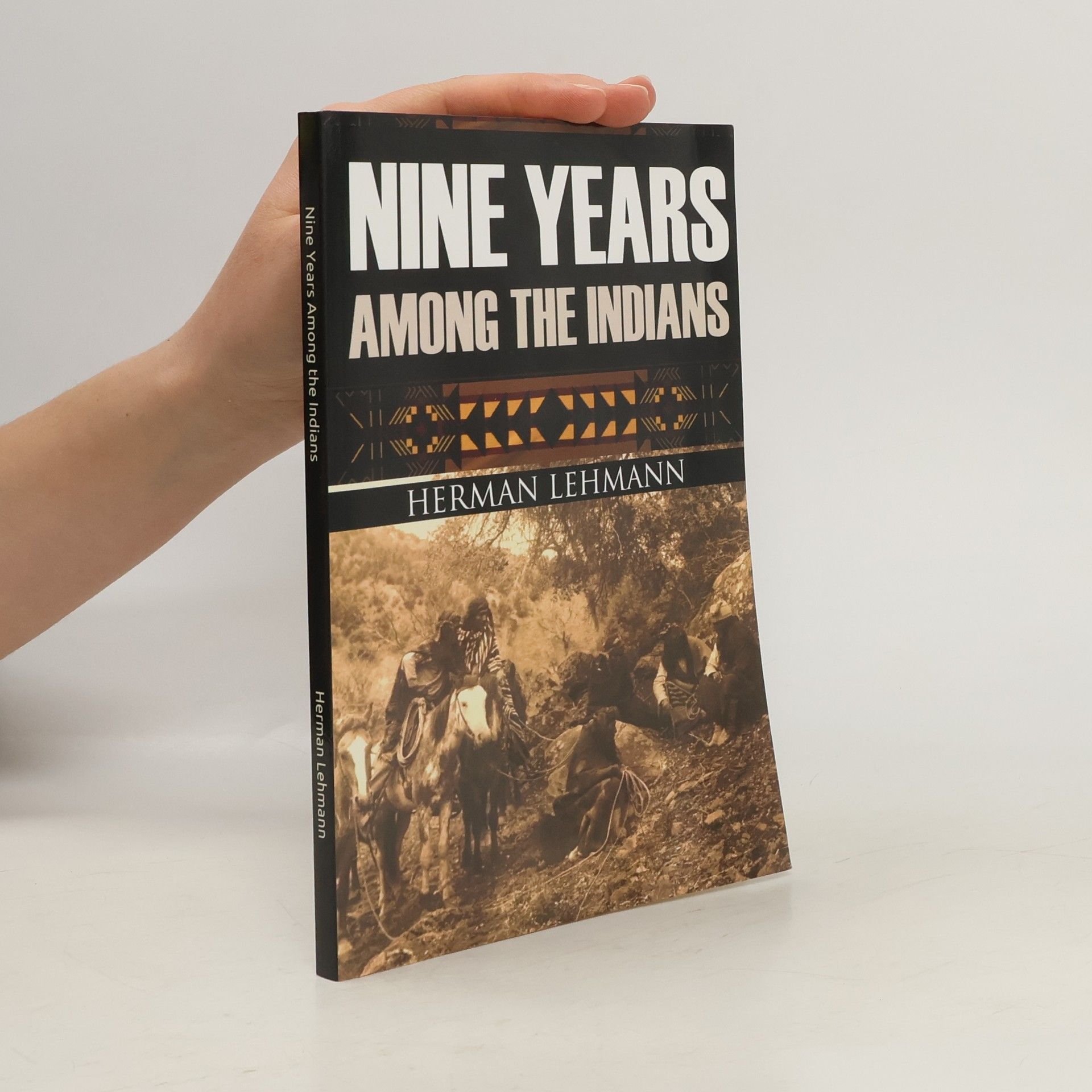In a real-life version of Little Big Man comes the Indian-captive narrative of Herman Lehmann. Captured as a boy in 1870, he lived for nine years among the Apaches and Comanches. Long considered one of the best captivity stories from the period, Lehmann came to love the people and the life. Only through the gentle persuasion of famed Comanche chief, Quanah Parker, was Lehmann convinced to remain with his white family once he was returned to them. Lehmann saw some of the most dramatic changes in the western United States from a perspective few whites had. He didn't just play the part--he was living as an Indian. His struggle to readjust to white culture is detailed here as well. At the time of this writing, he was married with five children, although he maintained the ties to his Indian friends and family for the rest of his life. Every memoir of the American West provides us with another view of the movement that changed the country forever. Be sure to LOOK INSIDE by clicking the cover above or download a sample.
Herman Lehmann Books


Here is a genuine Little Big Man story, with all the color, sweep, and tragedy of a classic American western. It is the tale of Herman Lehmann, a captive of the Apaches on the Southern Plains of Texas and New Mexico during the 1870s. Adopted by a war chief, he was trained to be a warrior and waged merciless war on Apache enemies, both Indian and Euro-American. After killing an Apache medicine man in self-defense, he fled to a lonely hermitage on the Southern Plains until he joined the Comanches. Against his will, Lehmann was returned to his family in 1879. The final chapters relate his difficult readjustment to Anglo life.Lehmann's unapologetic narrative is extraordinary for its warm embrace of Native Americans and stinging appraisal of Anglo society. Once started, the story of this remarkable man cannot be put down. Dale Giese's introduction provides a framework for interpreting the Lehmann narrative.